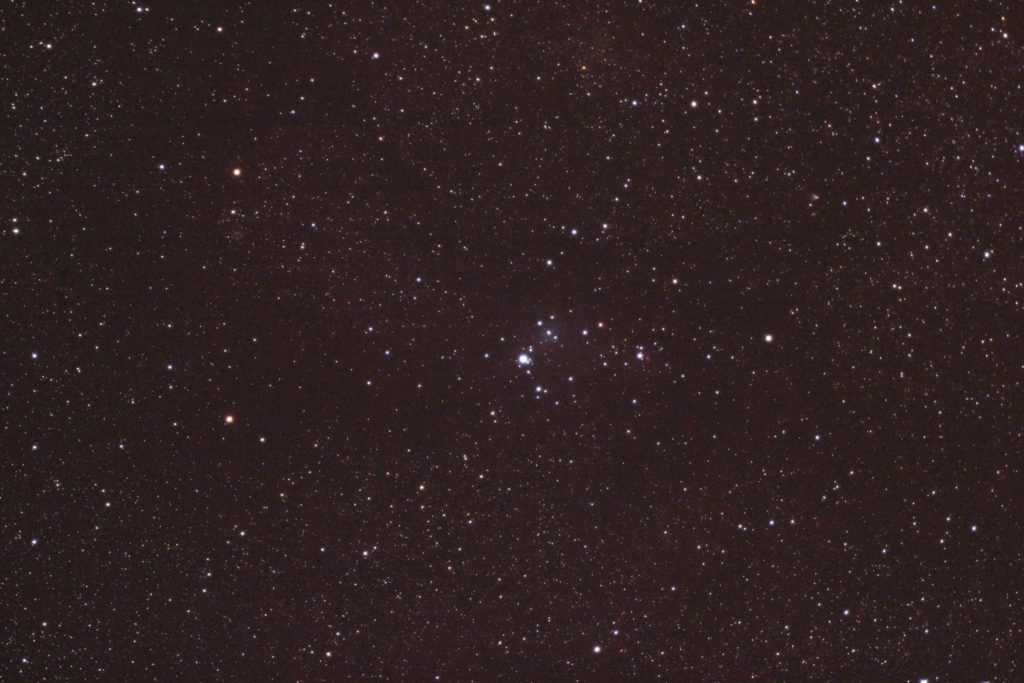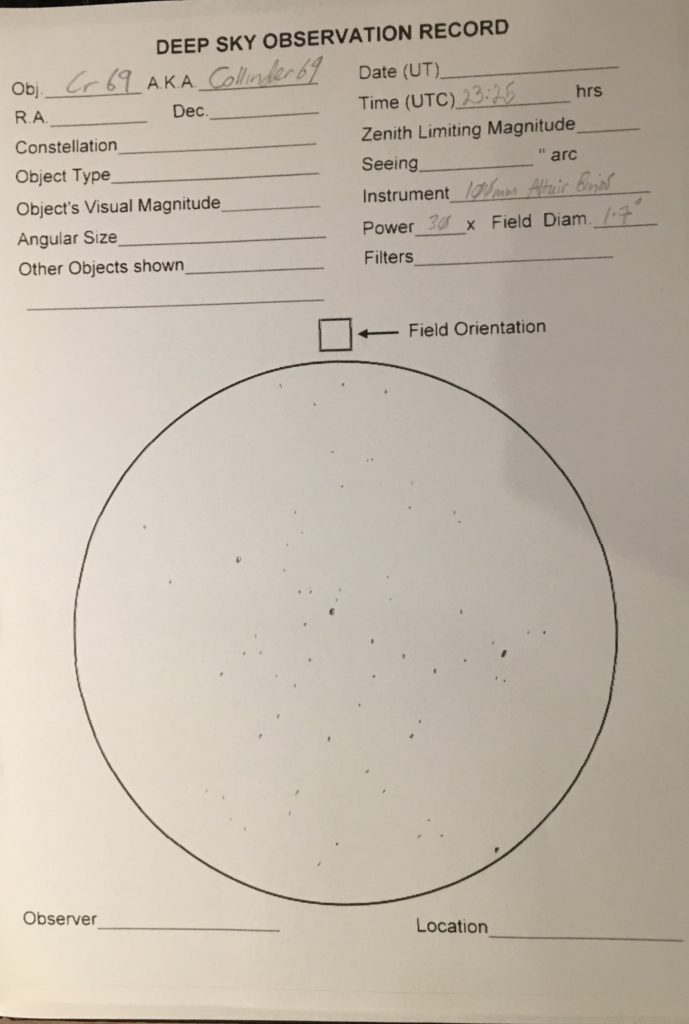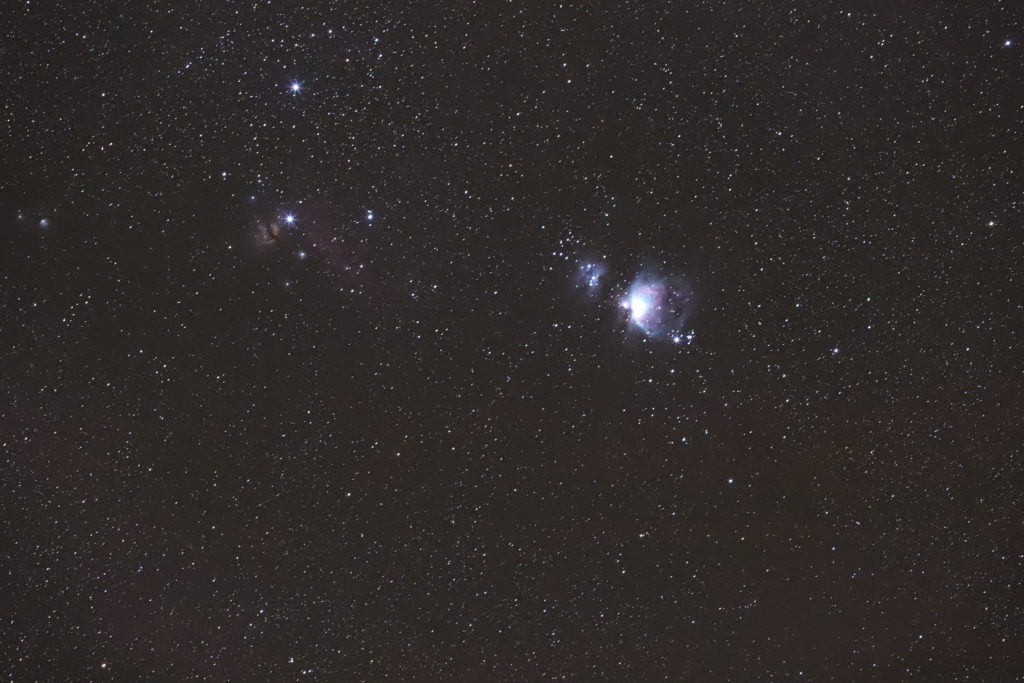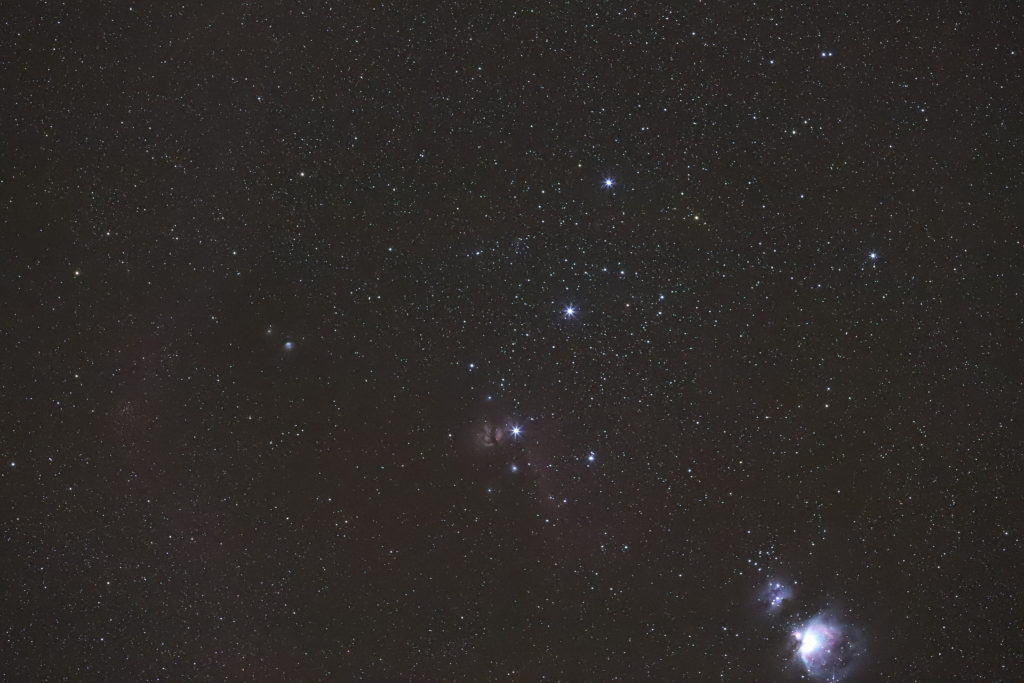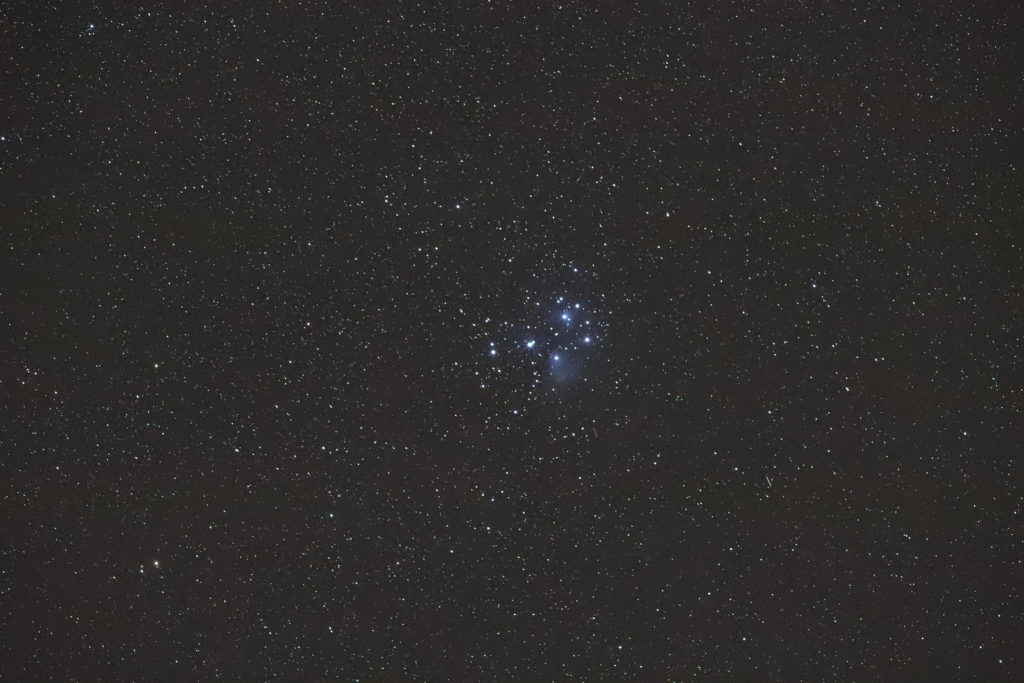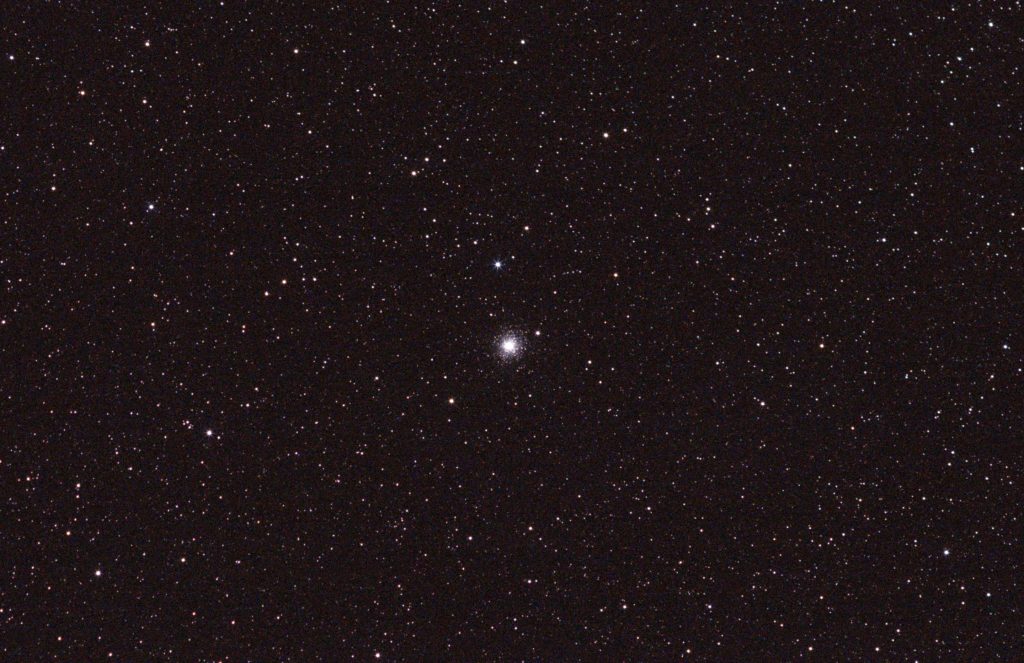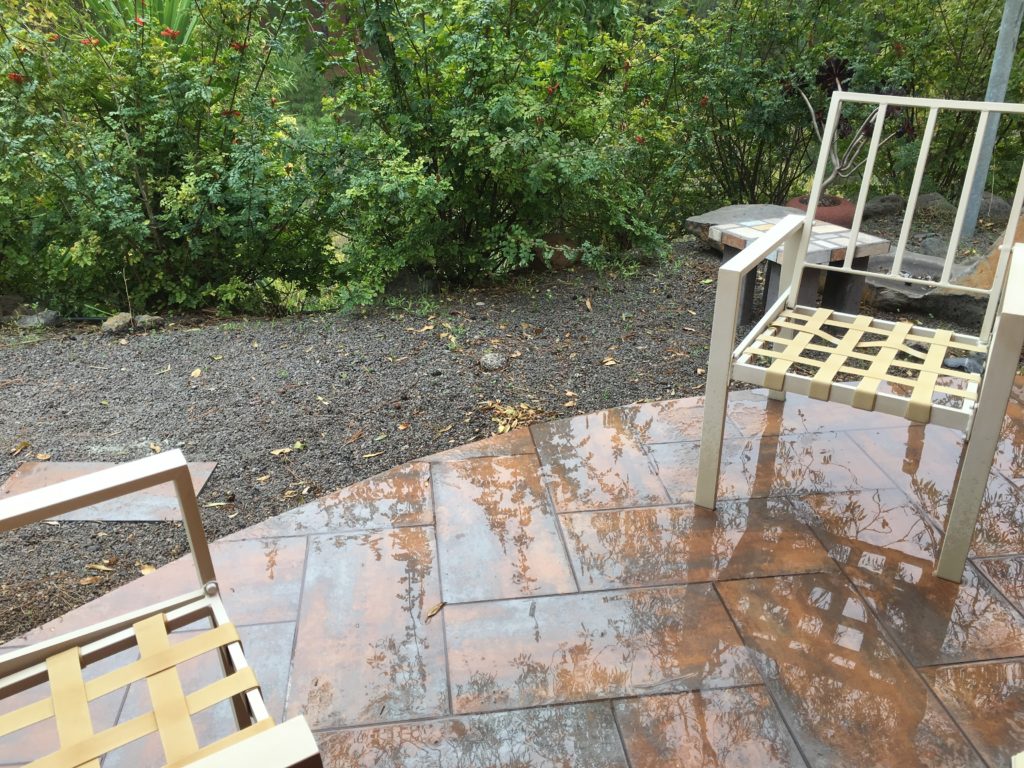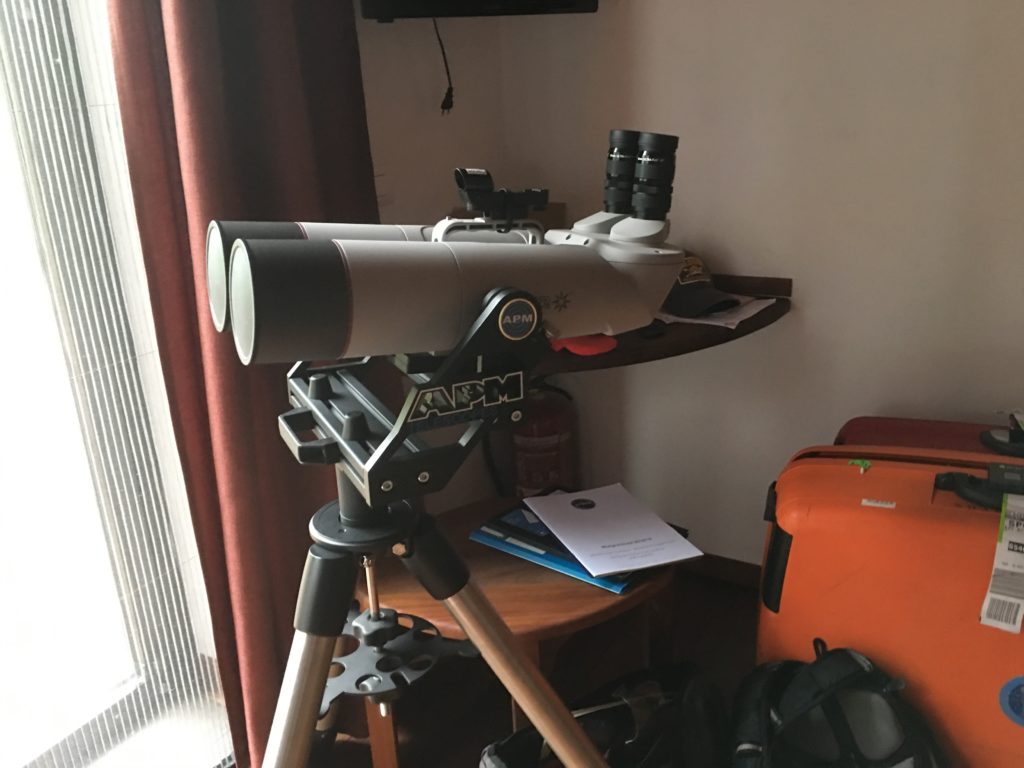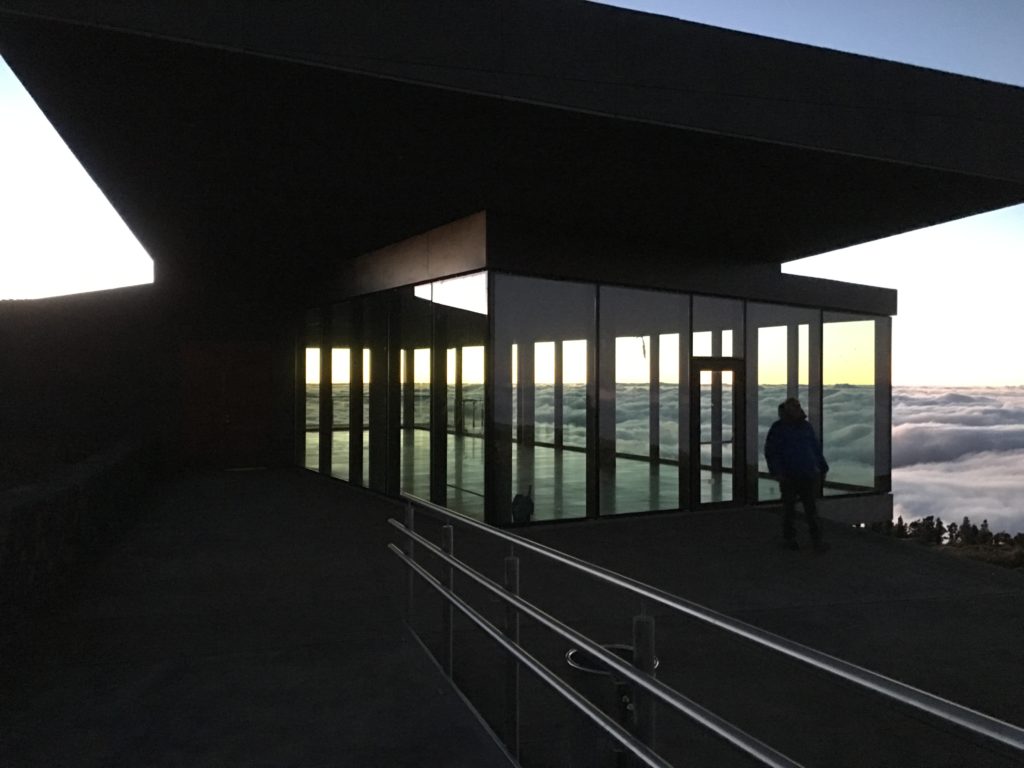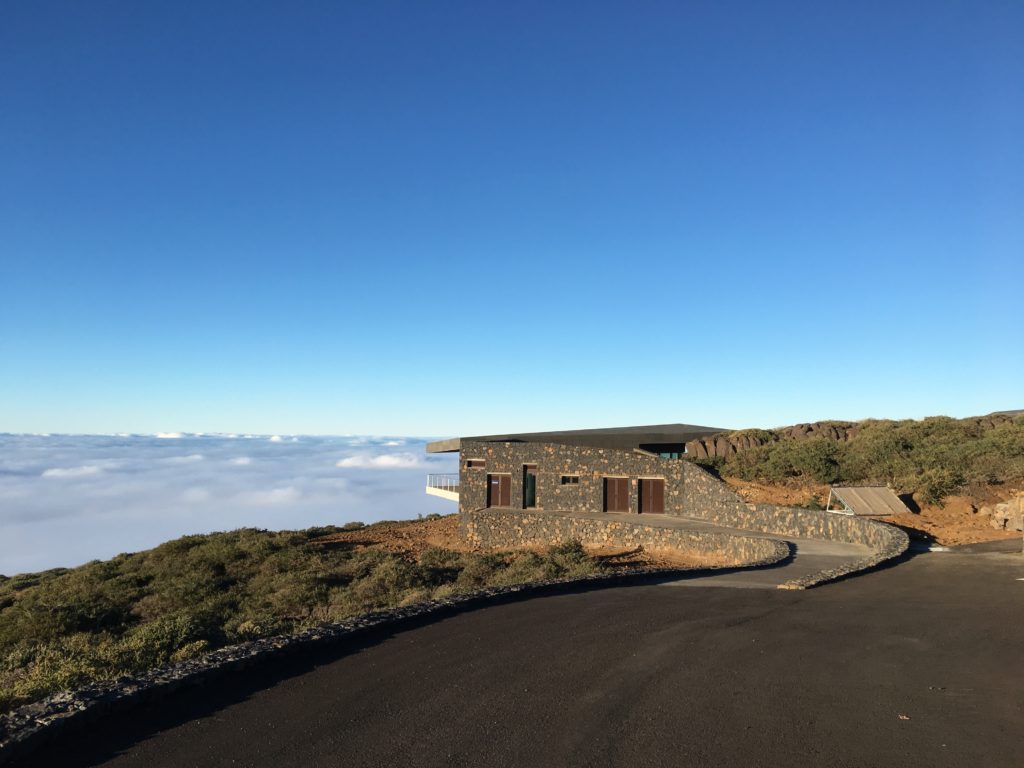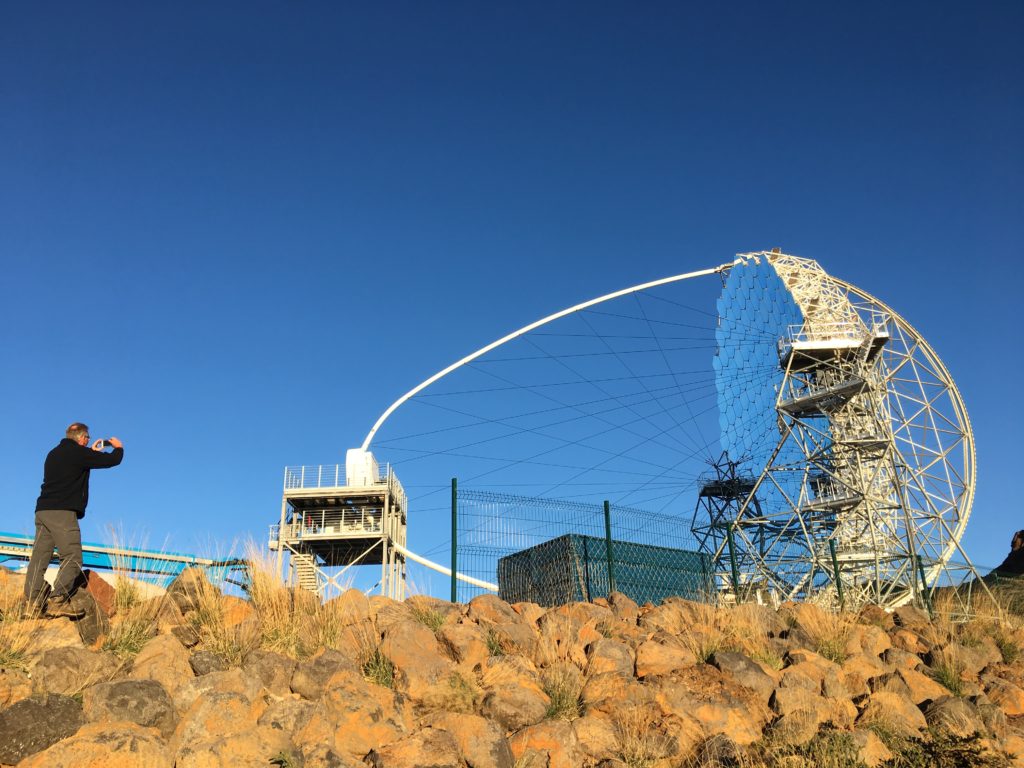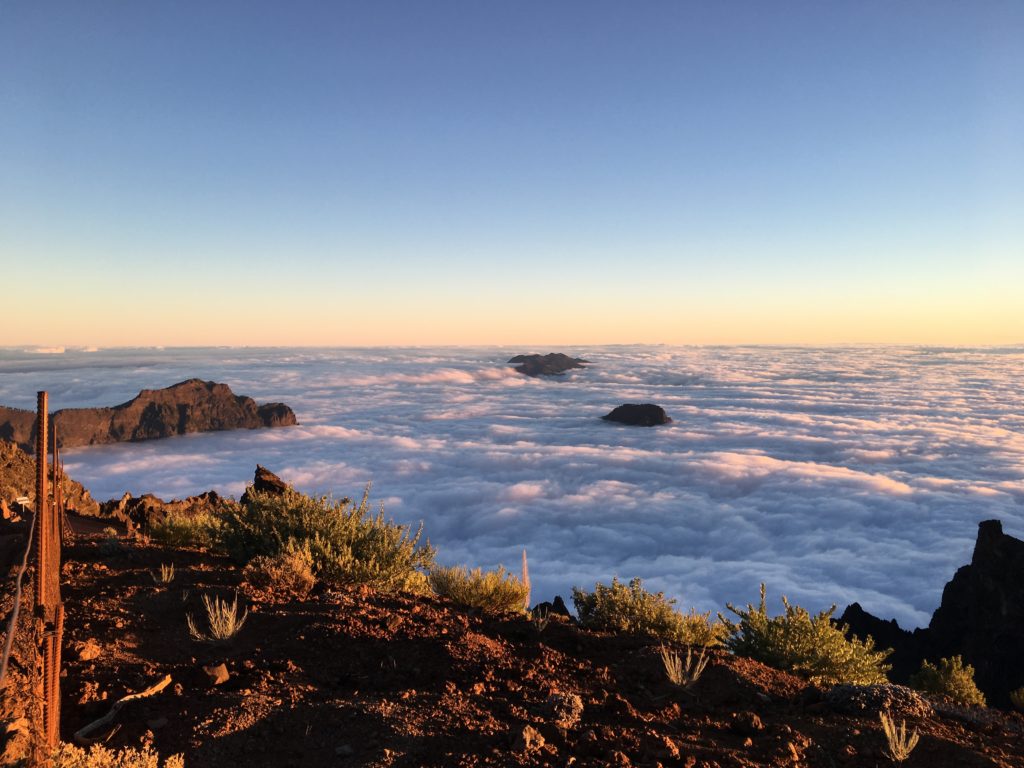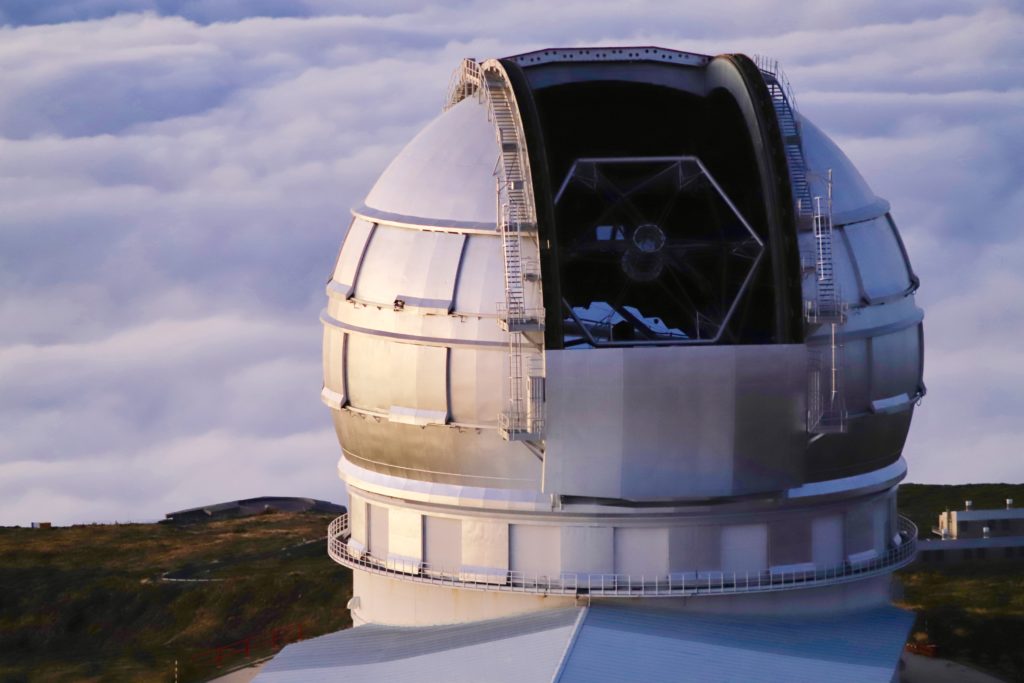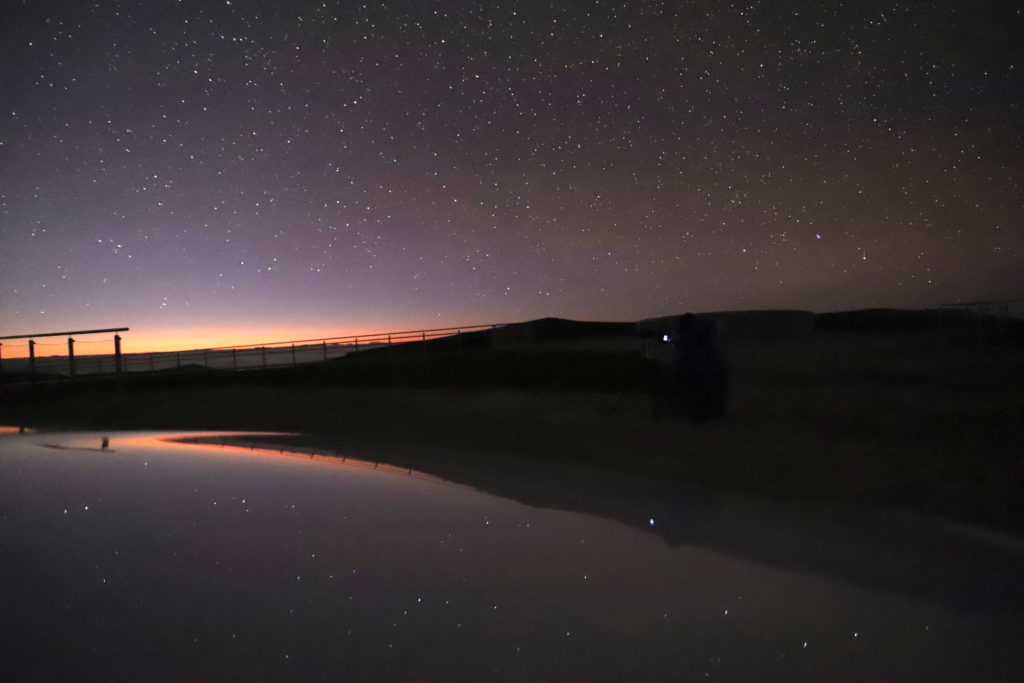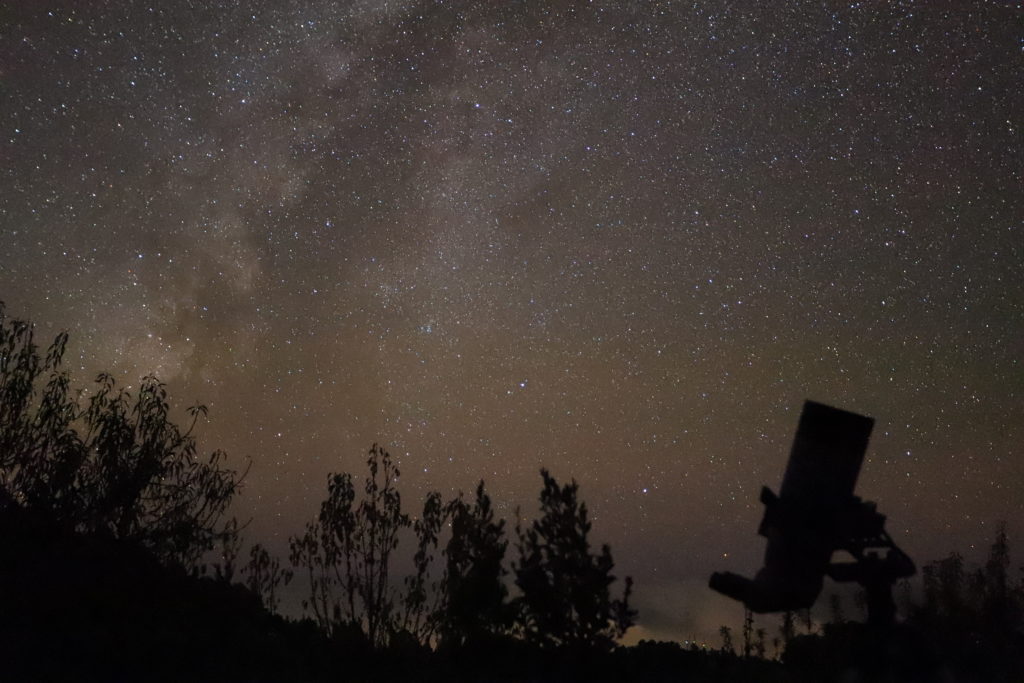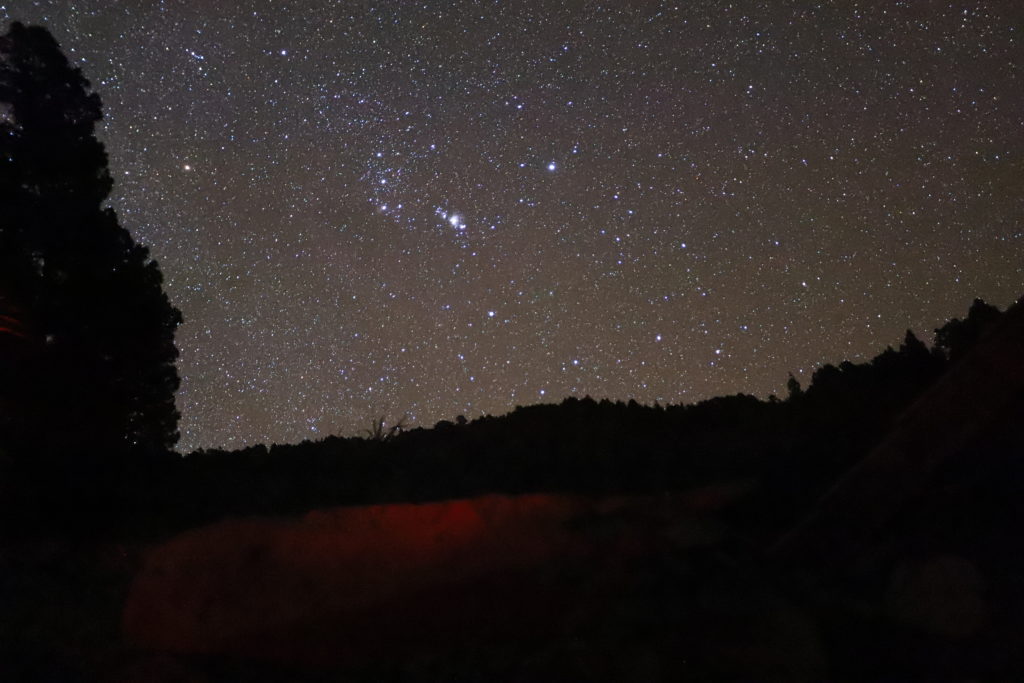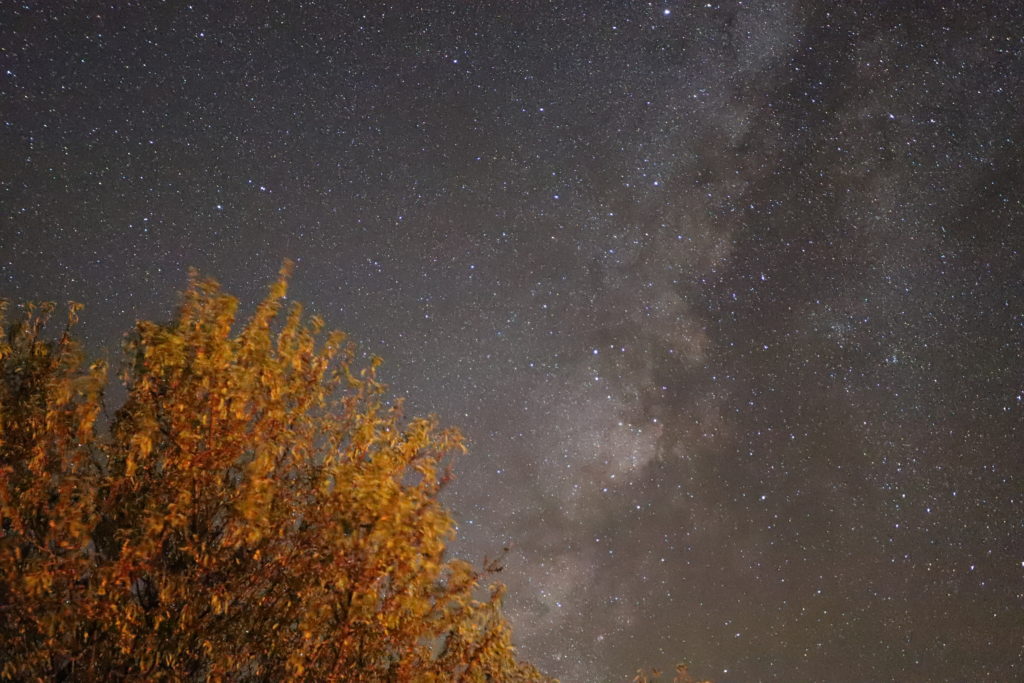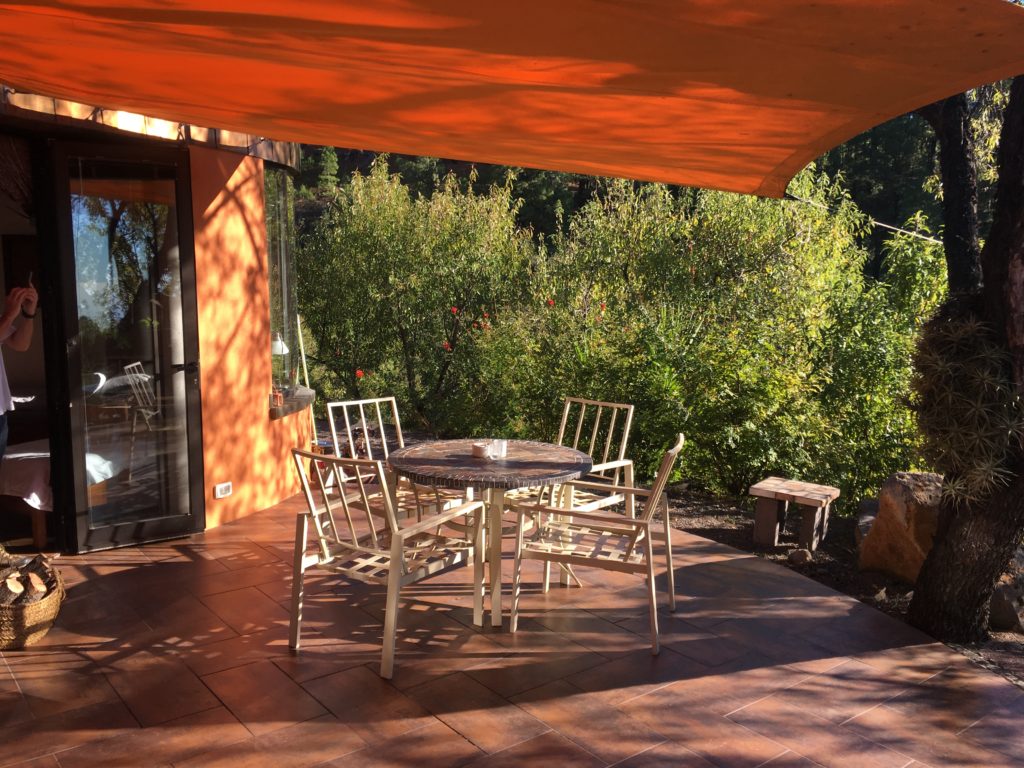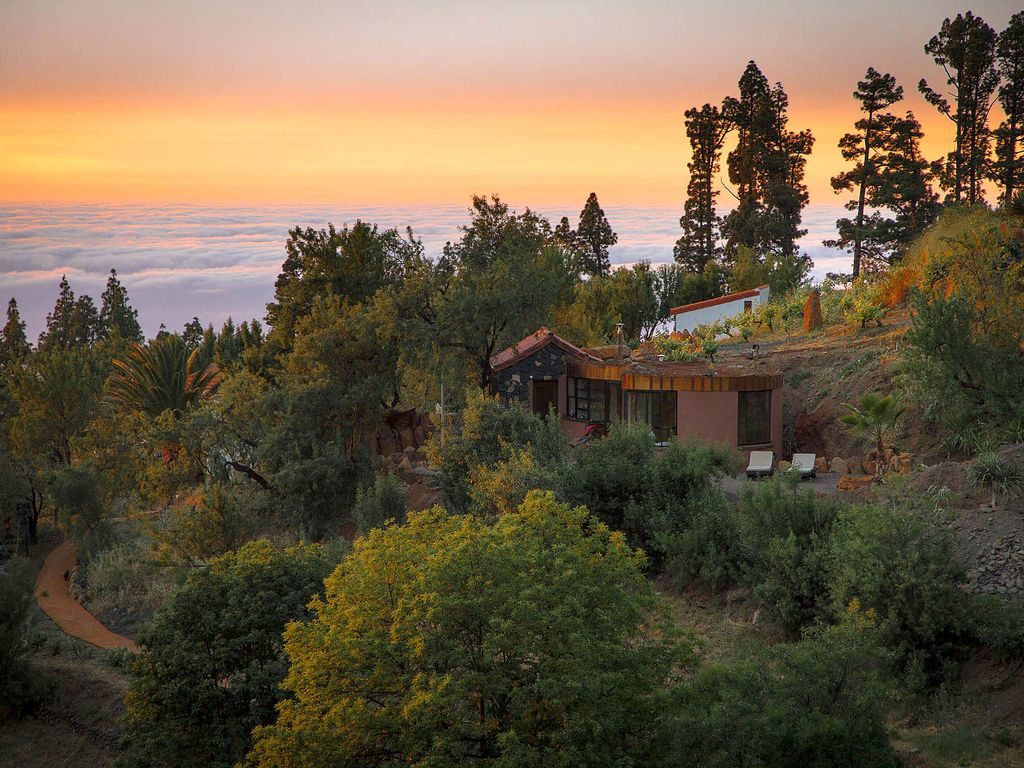
Hacienda is a group of 5 villas on the North West of the island of La Palma in the Canaries. At 4,333ft owned by Thomas Frietag. At this height you are sandwiched between two inversion layers meaning that a large number of nights tend to be clear at around 240 per year. Having just completed our first trip to one of the villas I can attest to all the nights we stayed being clear and the seeing excellent. Given this is the beginning of November it bodes well for the rest off the year.
Calima. As always with the Canary islands you do have a risk of calima, Sahara sand high in the atmosphere, when you travel to all the islands. The dust tends to be more prevalent in the summer months when you are afforded less clouds, whilst during the winter there is much less chance of calima but an increased chance of cloud. On arrival for myself and my society friend Alan Lorrain the calima was slightly present when we arrived, however it only interfered with wide field stars cape astrophotography, not at all for visual and hardly at all for deep sky astrophotography. It cleared by night 4 on this particular trip, so we were happy with this as a result.

Location is everything and needs to be balanced with cost, suitability for all astronomers and other activities that one might want to partake in whilst there. This expedition was made up of two astronomers and we both have a passion fo hiking along with astrophotography and visual. We had heard that the North West of the island was a good compromise for not driving up and down the mountain each night and observing by the roadside, but still being clear enough to perform astronomy. Whilst the nights were indeed clear, the days tended to be clouded and foggy where the cloud would form and come up and engulf the finca. That said, with clockwork precision the cloud would descend to a low altitude by 6:30pm allowing a full view of the night sky.
Lighting pollution is an essential factor in any trip and Christian who looked after us during our stay was very accommodating. Whilst there were lights around the pool, along the path and by the water fountain, Christian kindly changed the timer to turn these off for us at 9pm each night. This single act plunged us into total darkness each evening allowing light free access to the heavens above.
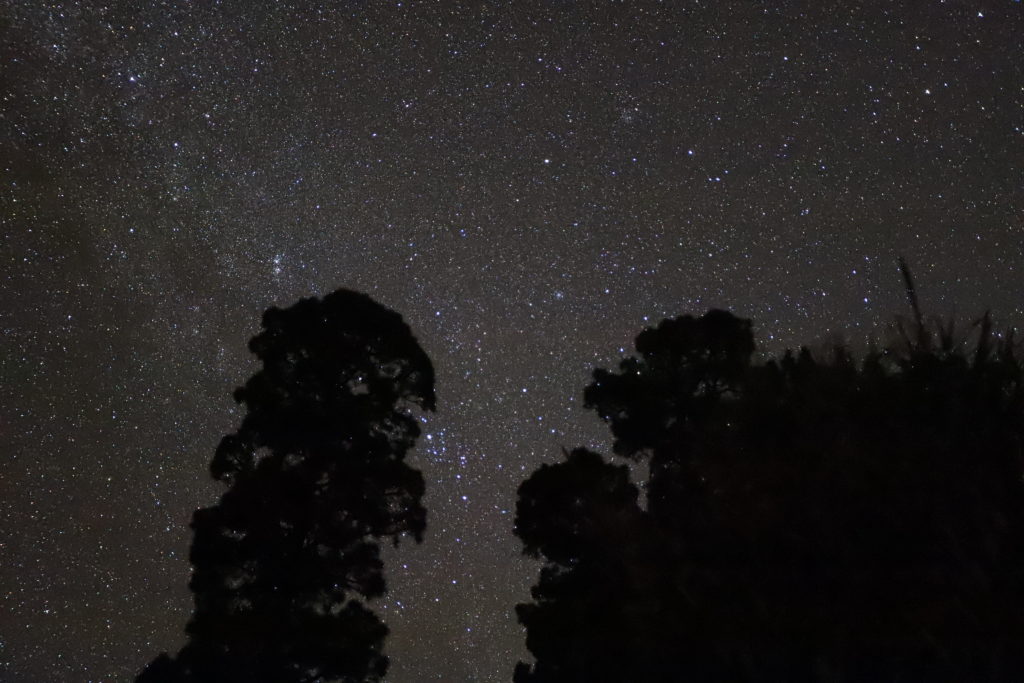
So what was the accommodation like? Well we stayed in the villa El Sitio. Built into the rock face itself this beautifully sculpted villa was a balance of function and art. Individual artwork adorned the walls along with a wide us of copper through the building creating a warm homely feeling especially at sunset. The tranquility of the site and accommodation would be hard to match if you enjoy quiet and seclusion. the functionality of the accommodation provided a double bed in the bedroom and a sofa bed in the lounge/kitchen area which suited us fine. There were showers inside and out, a sauna (although we did not use it) lovely kitchen, dinning area inside and dinning area outside.

Observing areas were many at this property. I observed from outside the main bedroom for three evenings, three times from by the pool area and a single time from the top of the mountain and the new but unfinished visitors centre. Each location has its own merits in terms of horizon, humidity or access. Inn terms of humidity there was a lot of dew most evenings at this altitude, something that is a tradeoff with driving the 25 minutes up the mountain to the visitors centre.
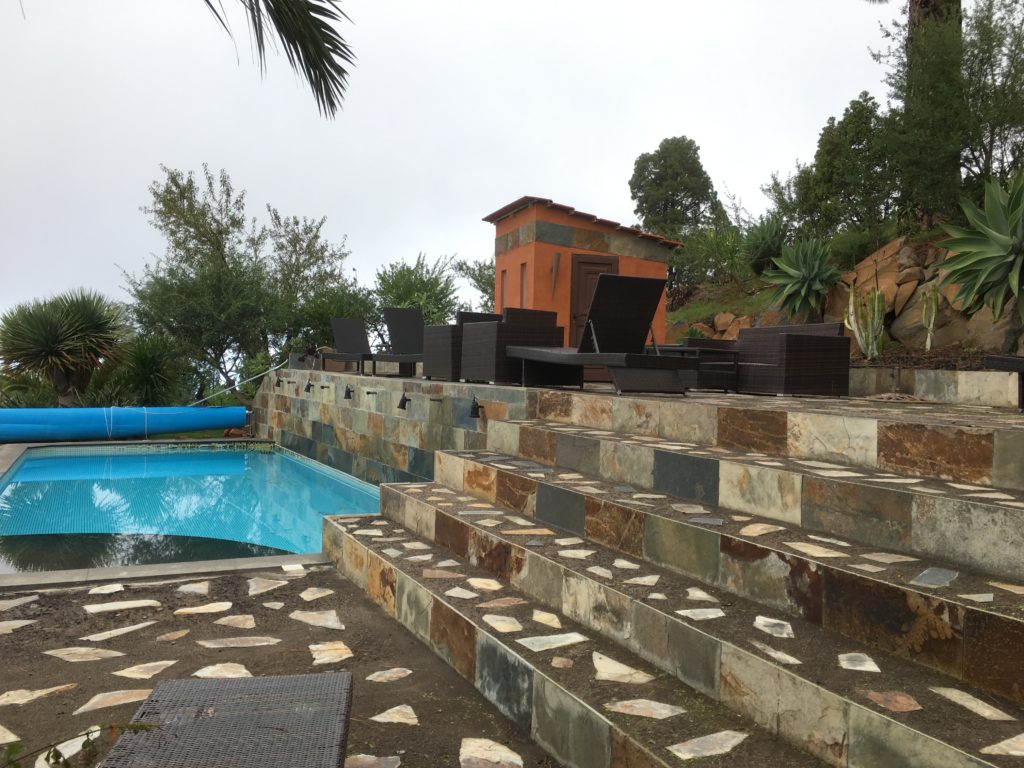
Overall it has to be said this was a lovely astronomy holiday intersecting with hiking. We both enjoyed our 3-6 hours observing but also waking early enough to take in the refreshing walks on offer. After observing at the side of the road all night at the top of La Palma and Tenerife, observing from the MONS telescope and travelling down to the H!0 near both Santa Cruz in La Palma and Puerto de la Cruz in Tenerife, this has to be the best compromise of them all and I would thoroughly recommend it.
Hacienda Website Link
https://translate.google.com/translate?sl=auto&tl=en&js=y&prev=_t&hl=en&ie=UTF-8&u=https%3A%2F%2Fwww.hacienda-lapalma.com%2Fwillkommen.html&edit-text=&act=url
Home and Away Booking site new booked through
https://www.homeaway.co.uk/p2383725?uni_id=2514299
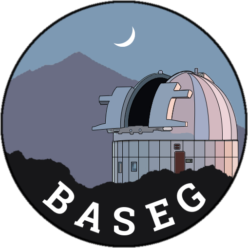

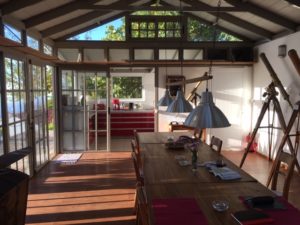

 There is also a fully fitted observatory equipped with a C11 and a 7” refactor, dual mounted and operated from the control room below. Yes it will set you back Euros 290 per night, but for one night split 3 ways maybe affordable as a treat?
There is also a fully fitted observatory equipped with a C11 and a 7” refactor, dual mounted and operated from the control room below. Yes it will set you back Euros 290 per night, but for one night split 3 ways maybe affordable as a treat?
 Enif – After another read of Sky and Telescope this month they had a writeup of double stars which in the past have been a passing interest of mine. Since I had these excellent binoculars on their APM tripod, which by the way is superbly designed, I thought taking in some of these objects would be fun. Enif, also known as Epsilon Pegasi is a 2nd magnitude star representing the front of the horses head. Epsilon peg is also called the pendulum star, for the simple reason if you look at it through a pair of binos or through a small telescope and then move it up and down with the double being on the left and right the brighter component moves first and then the dimmer component has a lag and finally races to catch up. A simple example of how the brain works but moving the binos in my case, up and down multiple stars makes the stars into a pendulum. Very nice indeed.
Enif – After another read of Sky and Telescope this month they had a writeup of double stars which in the past have been a passing interest of mine. Since I had these excellent binoculars on their APM tripod, which by the way is superbly designed, I thought taking in some of these objects would be fun. Enif, also known as Epsilon Pegasi is a 2nd magnitude star representing the front of the horses head. Epsilon peg is also called the pendulum star, for the simple reason if you look at it through a pair of binos or through a small telescope and then move it up and down with the double being on the left and right the brighter component moves first and then the dimmer component has a lag and finally races to catch up. A simple example of how the brain works but moving the binos in my case, up and down multiple stars makes the stars into a pendulum. Very nice indeed.